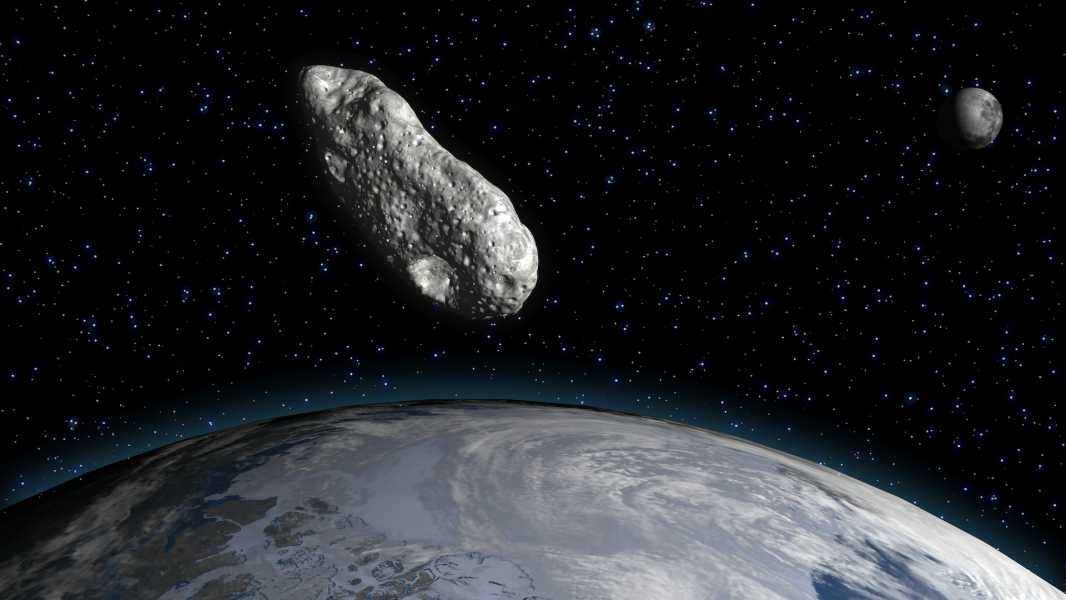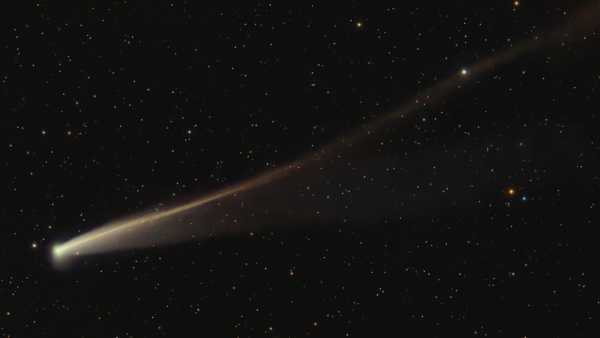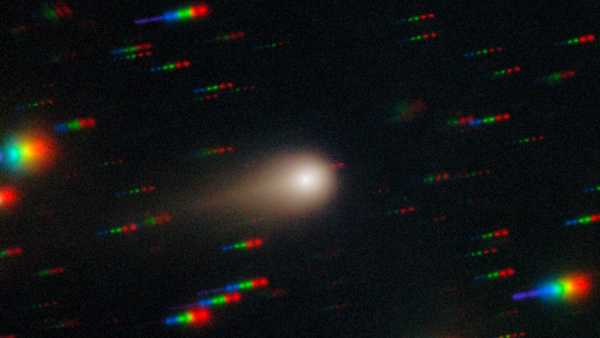
An asteroid known as the 'city killer' 2024 YR4 will come within a potentially dangerous distance of Earth and could even collide with the Moon in 2032, according to data from the James Webb Telescope. (Image credit: JUAN GARTNER via Getty Images)
The powerful James Webb Space Telescope (JWST) has just completed the first of two scheduled observations of the notorious “city-killer” asteroid 2024 YR4, which will come dangerously close to Earth and the Moon in December 2032.
Using emergency telescope time provided by an international team of astronomers in February, JWST conducted the first study of a building-sized asteroid and found that 2024 YR4 may be slightly larger and rockier than previous ground-based telescope observations suggested.
Fortunately, JWST also confirmed what NASA has known for weeks: 2024 YR4 is no longer a threat, and the chances of it hitting Earth in 2032 are zero. However, there is still a chance of a direct impact with the Moon.
“While the probability of 2024 YR4 impacting Earth on December 22, 2032, has now been eliminated, the probability of a lunar impact at that time remains non-zero,” the researchers wrote in their preliminary report, which has not yet been peer-reviewed. A second round of JWST observations is planned for May 2025, before the asteroid disappears into the outer solar system for several years.
Tracking the 'City Killer'
Astronomers first discovered asteroid 2024 YR4 in December 2024. Initial observations with ground-based telescopes showed it to be about 180 feet (55 meters) in diameter — about the same width as the Leaning Tower of Pisa is tall.
Its orbital trajectory often crosses the Earth's path around the sun, creating the potential for a direct impact with our planet. If such an impact were to occur, it could destroy an entire city with the force equivalent to 500 atomic bombs dropped on Hiroshima.
By analyzing the asteroid’s orbit, the researchers briefly estimated the probability of 2024 YR4 colliding with Earth in 2032 at 3.1%, the highest probability ever recorded for an object of its size. NASA eventually revised that prediction to 0%. However, while uncertainty remained, the European Space Agency (ESA) announced that several hours of emergency JWST time would be allocated to study the size and trajectory of the potentially hazardous space object.
Key to these observations were JWST’s infrared sensors, which can directly measure the heat emitted by the asteroid and provide information about its size and composition. Ground-based telescopes that operate in visible light can only see sunlight reflected from the asteroid’s surface, leaving many questions about its true nature.
“In general, the brighter the asteroid, the larger it is, but this relationship depends strongly on how reflective the asteroid’s surface is,” ESA officials wrote in a blog post on February 10. “2024 YR4 could be 40 m [130 ft] across and very reflective, or 90 m [295 ft] across and not very reflective… the hazard posed by an asteroid with a diameter of 40 m is very different from that posed by an asteroid with a diameter of 90 m.”
JWST made its first observations of the asteroid on March 26, recording it as it orbited every 20 minutes for five hours. The researchers then converted the asteroid's brightness to mid-infrared wavelengths, taking into account the known distances and angles between the asteroid, the sun, and JWST.
Using this data, the team concluded that asteroid 2024 YR4 is slightly larger than previously thought, with a diameter of about 200 feet (60 m). Thermal analysis also suggests that the asteroid is cooler than is typical.
Sourse: www.livescience.com





